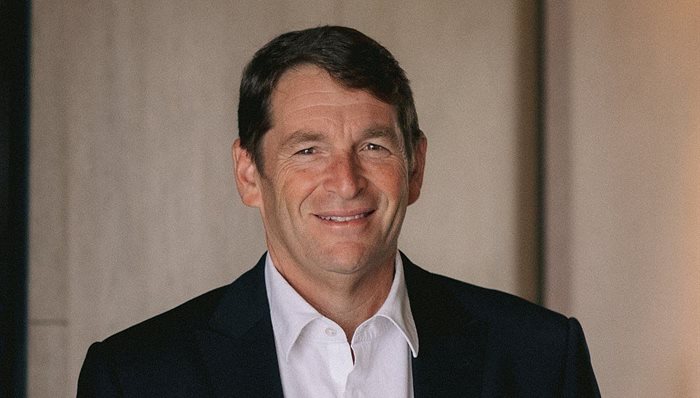
Top stories



LegalNigeria to implement new tax laws from January 1 despite calls for delay, Tinubu says
Camillus Eboh 1 day

EducationChoosing a career? In a fast-changing job market, listen to your inner self – counsellor
Kobus Maree 1 day


Despite potential risks to the upside, South Africa’s inflation rate remains close to the mid-point of the inflation target, and while it is widely acknowledged that interest rates need to start normalising soon, there are concerns that raising interest rates now may hamper our still fragile economic recovery, so today’s decision by the MPC to increase the repo rate by 25bps to 3.75% is disappointing for first-time home buyers and those with existing mortgages. The prime rate now rises to 7.25%.
In regard to the housing market, and according to the Pam Golding Residential Property Index, as demand growth slows relative to supply, national house price inflation has eased from a peak of +5.3% in May to +4.7% in October 2021. The Western Cape is once again bucking the national trend, with house price inflation remaining elevated at +6.6% in recent months, while house price inflation has slowed to 4.2% in both KwaZulu-Natal and Gauteng in October 2021.
However, the high-demand and more affordable sub-R1m price band continues to register uninterrupted growth in house prices, averaging at +5.5% for the year to date, compared with +5.1% for South Africa nationally and 2.5% for the +R3m price band – also for the year to date.
Interestingly, the surge in freehold price inflation - due to the demand for more space due to the lockdown and remote working trend - is slowing, with price growth in both housing categories now slowing to +5.3% for freehold and sectional title at +2.7% in October 2021.
In South Africa’s major metro housing markets, Nelson Mandela Bay’s robust house price growth of 7.1% in July 2021 (latest available Lightstone data) continues to lead, outperforming Ekurhuleni, which continues to accelerate - reaching +6.6% in October. Cape Town, which was the last major metro housing market to recover, continues to rebound to 5.0%, while house price inflation in eThekwini (5.4%), Tshwane (4.5%) and Johannesburg (3.8%) continues to stabilise.
Encouragingly, according to ooba, in October almost half (49.1%) of all mortgages extended were to first-time home buyers. After a post-hard lockdown peak of 56.2% in May 2020, the percentage of first-time buyers declined, but now appears to be stabilising at around 50%. After a sharp rise following the aggressive rate cuts in early-2020, the average bond size appears to have peaked in August 2021 at R1.3m overall and at R1.06m for first-time buyers – although the current size of bonds remains close to these levels.
After a peak of +0.2% in May 2020, the average concession relative to the prime rate declined steadily – moving into negative territory in late-2020. At -0.2% in October, the average concession below prime is at the lowest level since mid-2010 – making it a particularly favourable environment for potential homeowners to secure a bond.
Positively for mortgage applicants, both the average (trailing effective) and first-time buyer approval rates have risen in recent months – reaching 82.8% and 81.7% respectively in October 2021, while deposits as a percentage of purchase price are again declining, easing to 7.6% on average and 7.4% for first-time buyers in October 2021. The approval rate for 100% bond applications improved sharply in October – rising to 84.1% on average and to 82.9% for first-time buyers. At current levels, approval rates for 100% loans are close to the pre-Covid highs of February 2020.
While there remain variances in activity and demand across various regions, cities and towns depending on the movement of homeowners and the respective affordability of property and desirability of each location, Pam Golding Properties reports sustained volumes of sales transactions nationally, underlining ongoing consumer confidence in home ownership.
